
UK regulators hit 4chan with paltry fine for failure to comply with the Online Safety Act
Following an investigation that started back in June, UK regulator Ofcom has issued 4chan with a fine for failure to comply with two requests for information under the controversial Online Safety Act.
Ofcom’s investigation had multiple threads, including looking into whether the site was protecting users from illegal content. After several months, only concerns about failing to respond to information requests were upheld. The fine? Just £20,000 – or a little over $26,500.

Google slips Nano Banana AI image generator into Search
Not content with giving users new control over sponsored results in its search engine, Google has also started the rollout of its AI visual model – known as Nano Banana – into Search.
Accessible from Google Lens and AI Mode, Nano Banana provides easy access to artificial intelligence powered image editing and transformation. We are not talking about boring “remove the background from this photo” type stuff (although this is possible), but rather more creative ideas.

Microsoft restrains IE Mode access in Edge because of abuse
The impact of Internet Explorer is still being felt years after the world moved on from the web browser. Microsoft has announced that it is “Restraining IE Mode Access” in Microsoft Edge, citing concerns about exploitation of 0day vulnerabilities in Internet Explorer’s JavaScript engine.
That Internet Explorer continues to live on in Edge remains astonishing to many, but it has been retained for compatibility issues. Nonetheless, Microsoft is now taking steps to plug holes that have enabled threat actors to gain access to devices.

Google Search now lets you hide sponsored results
Anyone who has used Google Search will have at some point been frustrated by the appearance of “sponsored results” which are rarely of help. Google has apparently come to the sudden realization that tainting search results in this way is irritating, and is providing a way to quickly hide them.
The problem with “sponsored results” is that they are, essentially, advertisements. While much of Google’s money comes from advertising, inserting paid-for entries in search results has long felt disingenuous and misleading for users. Here is how things are changing.

Google adds new AI features to Search and Discover to help users find fresh content
Google has introduced two AI-powered features to help users stay connected with new and trending content across the web. The updates, available in Google Search and Discover, focus on giving people quick ways to explore stories, sports updates, and links from a wide range of sources.
The first feature expands Discover’s ability to show timely and relevant topics. Users will now see short previews that summarize trending subjects related to their interests that can be expanded to reveal more information and links.

Privacy-focused email provider Fastmail launches desktop app for Windows, macOS, and Linux
Fastmail users can now access their email inboxes, calendars, and contacts directly from the desktop. The privacy-focused email provider has released its first dedicated desktop app for Windows, macOS, and Linux, delivering the familiar Fastmail experience in a standalone format that works even when offline.
The app looks and feels like the web version but behaves like a true desktop client. It can be pinned to the dock or taskbar, opened from the app switcher, and set as the default email handler so that clicking an email link automatically launches a new message in Fastmail.

Who’s paying the price of cybercrime?
Cybercrime has become a global epidemic, with costs soaring across sectors and borders. But who’s paying the price and how has that changed since the turn of the century?
Researchers from vpnMentor have analyzed 25 years of FBI Internet Crime Complaint Center (IC3) data along with a review of major global incidents to discover the cost of cybercrime and how it’s evolving.
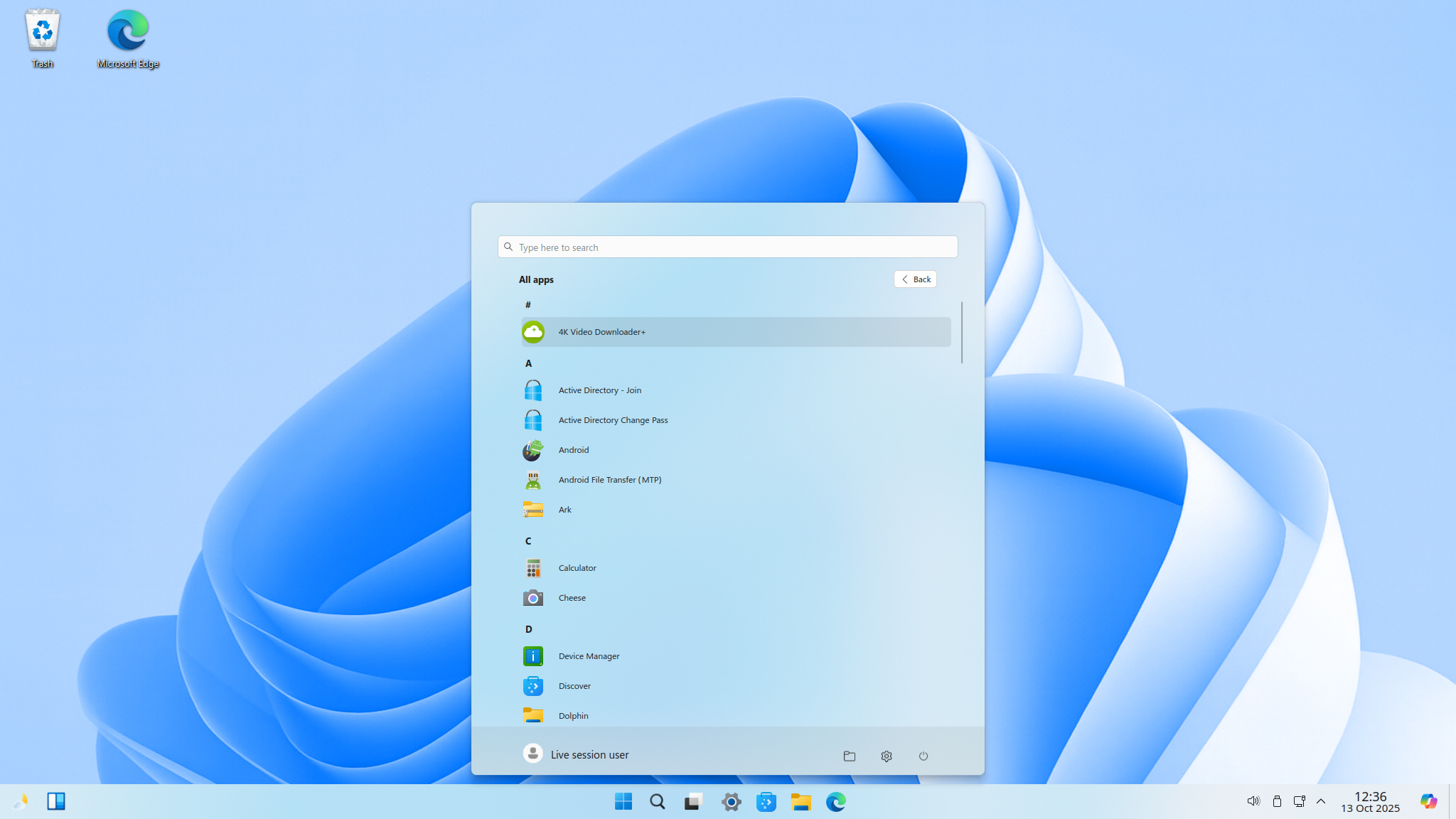
RIP Windows 10 -- Winux 'W10EOL' is the Windows 11 clone that runs on Linux and makes your old PC feel new again
Windows 10 meets its end of life tomorrow, and from then anyone still using the hugely popular OS will have to accept that -- unless they pay Microsoft for extended support -- they will no longer receive security updates, putting their computers and data at risk.
Microsoft would like Windows 10 users to switch to Windows 11, but for many older laptops and desktops, Windows 11 is simply not an option. This is where Winux comes in. Winux 11.25.10 “W10EOL” is the latest version of the Windows-style Linux distribution that offers a familiar environment and runs much faster on aging machines.

Infrastructure is having a moment -- why it’s finally getting the spotlight [Q&A]
AI, automation, seamless collaboration. These are the technologies that dominate headlines and drive business strategy. But beneath all the buzz, there’s a quiet but powerful shift happening: infrastructure is back in the spotlight.
Just look at Alphabet -- Google’s parent company -- which recently surprised investors by announcing it’s planning to spend a jaw-dropping $85 billion in 2025. That’s $10 billion more than they originally expected. And what’s fueling that massive investment? Nearly two-thirds of it is going toward the nuts and bolts of tech infrastructure like data centers, servers, and everything needed to power AI, the cloud, and our increasingly real-time digital world.
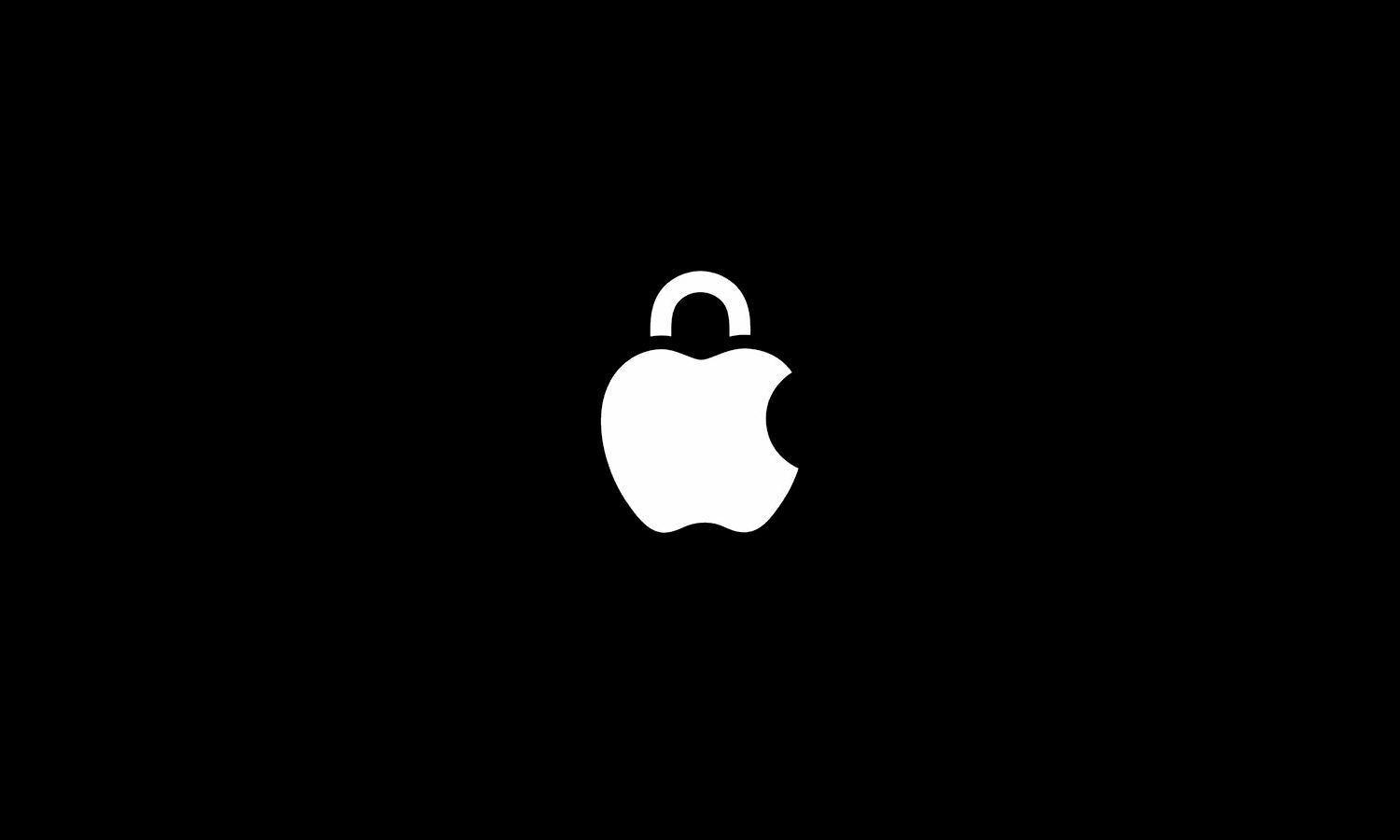
Apple doubles its top bug bounty payout to $2 million
Five years after it was launched, Apple has announced major changes to its bug bounty program. The Apple Security Bounty program is entering what the company describes as a “new chapter”, and the headline change is a massive boost to the payments made for the discovery of the most serious types of security issues.
In addition to this and other changes, Apple also reveals that it has paid out over $35 million to more than 800 security researchers since the scheme launched in 2020. The company points out that many of these payouts were for $500,000. But the focus here is what is happening in the future.

Apple, predictably, thinks Windows 10 users should move to macOS – here’s why
The day on which Windows 10 is no longer supported is finally upon us, and there is no shortage of advice about what the best course of action is. Microsoft wants Windows 10 users to upgrade to Windows 11, Windows 10 users want Microsoft to provide updates for longer.
Fans of Linux are using the death of Windows 10 to push for more people to adopt their favorite distros, but we’ve not heard a great deal from Apple. When asked, though, the company is happy to suggest that Windows 10 users being abandoned by Microsoft should consider switching allegiances and embracing macOS. And Apple has reasons.
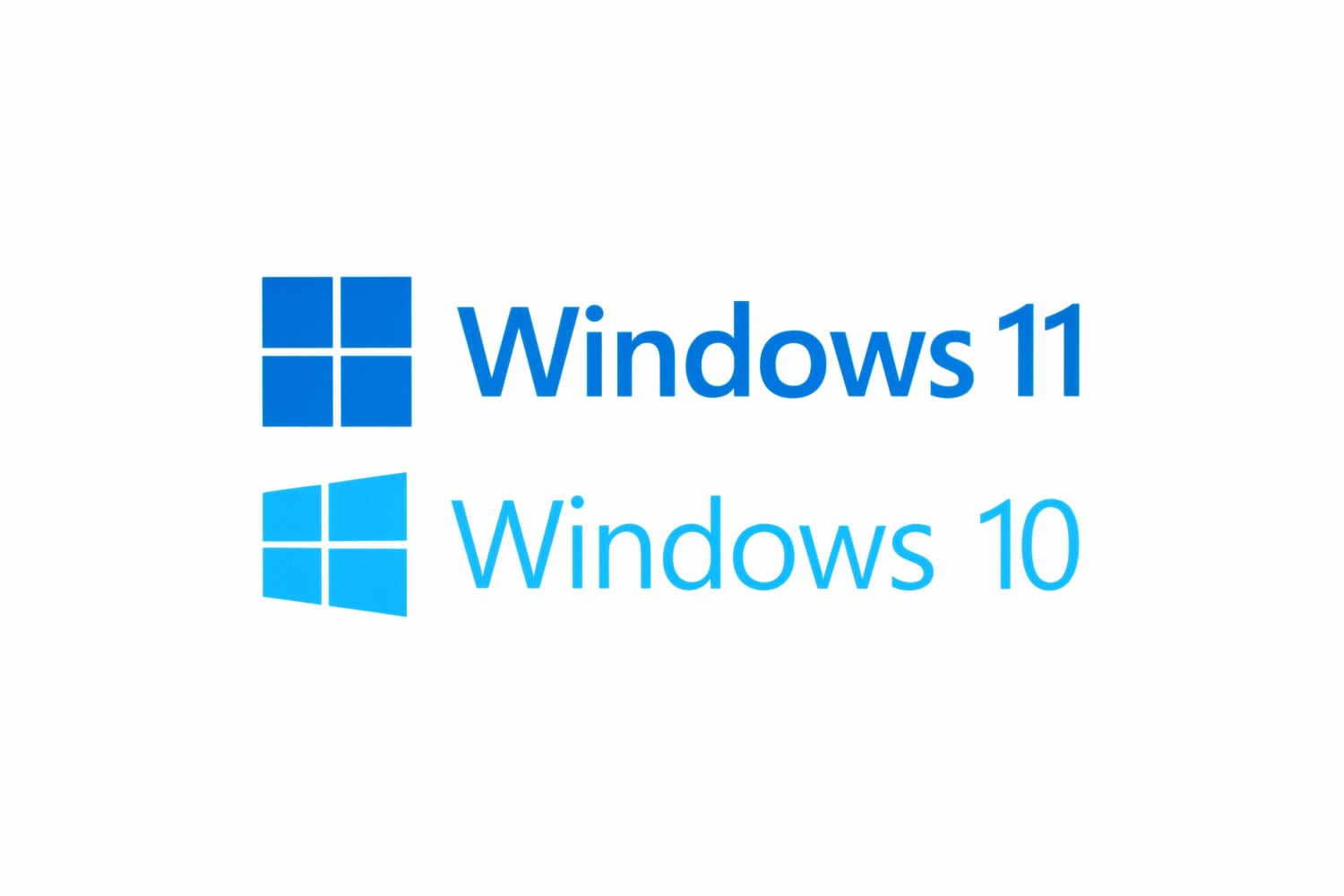
Oops! Microsoft confirms Windows 11 media creation tool is broken for Windows 10 users
Tomorrow, October 14, is the day on which Microsoft ends mainstream support for Windows 10. As such, there is a lot of interest – perhaps not quite as much as Microsoft might like – in switching to Windows 11 and potentially using the Windows 11 media creation tool.
So, the news from the company that the “Windows 11 media creation tool might not work as expected on Windows 10” could not really have come at a worse time. Microsoft has some advice and help for anyone affected by the malfunction, however.
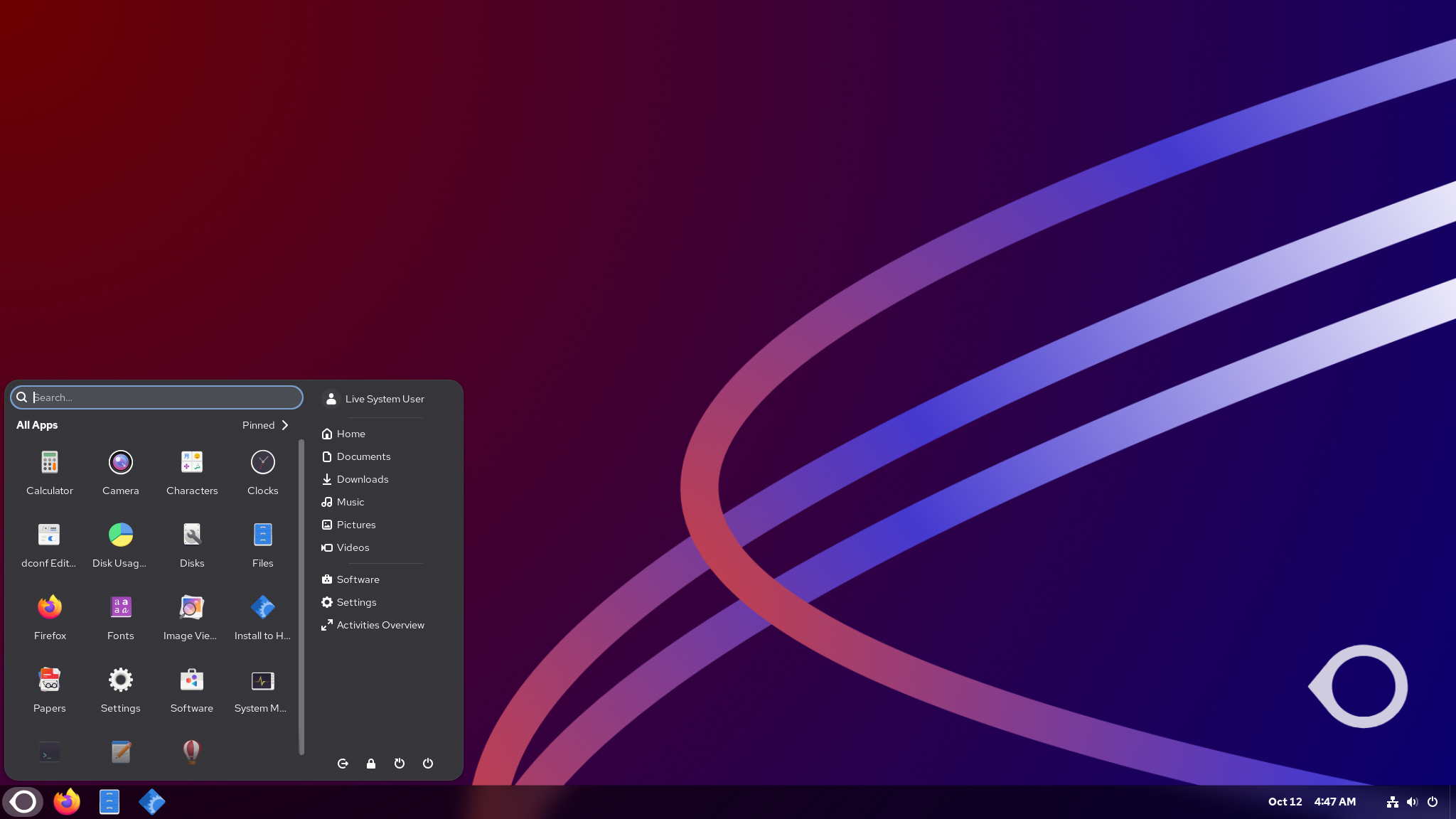
Oreon 10 gets a timely update as Windows 10 reaches its end of life -- download the alternative operating system now!
Windows 10 reaches its end of life in a couple of days, on October 14, 2025. Users who haven’t yet upgraded to Windows 11, perhaps due to compatibility issues with older hardware or a general dislike of Microsoft’s new OS, now face a choice between running an unsupported system without ongoing security updates or moving to a new operating system.
Alternatives include Linux distributions like the recently updated Ubuntu and Linux Mint, both of which are popular choices and for good reason. We’re big fans of Oreon 10, a Linux distribution designed for Windows users, and it has just rolled out a new feature update, Build 2510, in time for Windows 10’s end of life.

Google is cutting off noisy websites in Chrome -- here's how it works
When you visit a new website in a browser like Google Chrome, you may see a small prompt near the address bar asking whether you want to allow notifications. It’s easy enough to click “allow” in the moment, but not always easy to find where to turn those notifications off again later.
For many users, the result is an endless stream of alerts, banners, and prompts that make browsing far noisier than it needs be. Chrome’s latest experiment aims to cut this overload with a feature that automatically removes notification permissions for sites that users no longer engage with.
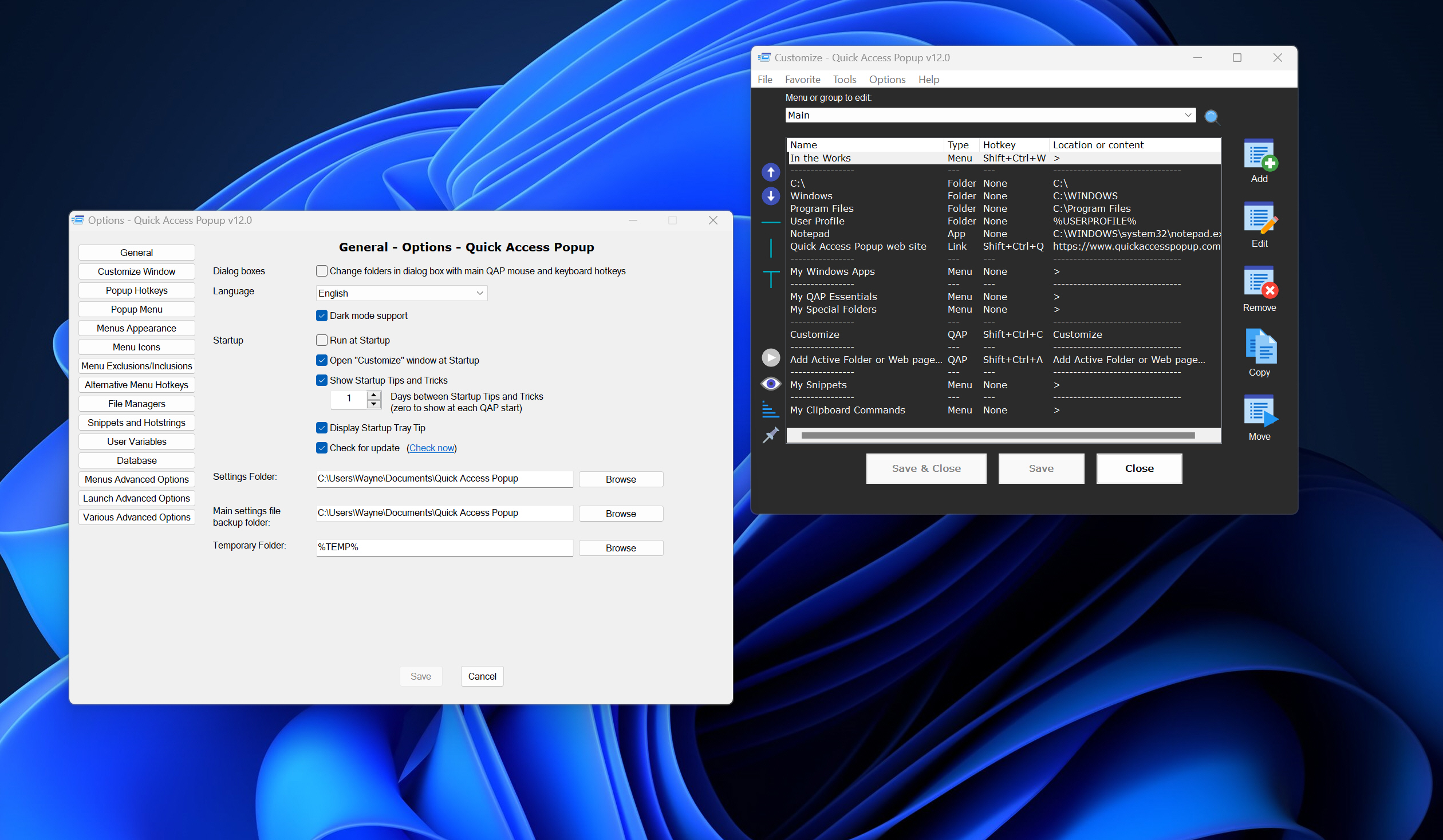
Take control of Windows 11 and save time with Quick Access Popup 12
Constantly digging through folders, menus, and dialog boxes to find files or launch programs is a serious pain and can slow down even the speediest of Windows users. Quick Access Popup 12 has arrived, offering a faster way to launch folders, documents, apps, and websites from anywhere in Windows.
The utility, which builds on the original Folders Popup tool, lets users open commonly used locations or run commands with a middle click or a simple Win+W shortcut.
